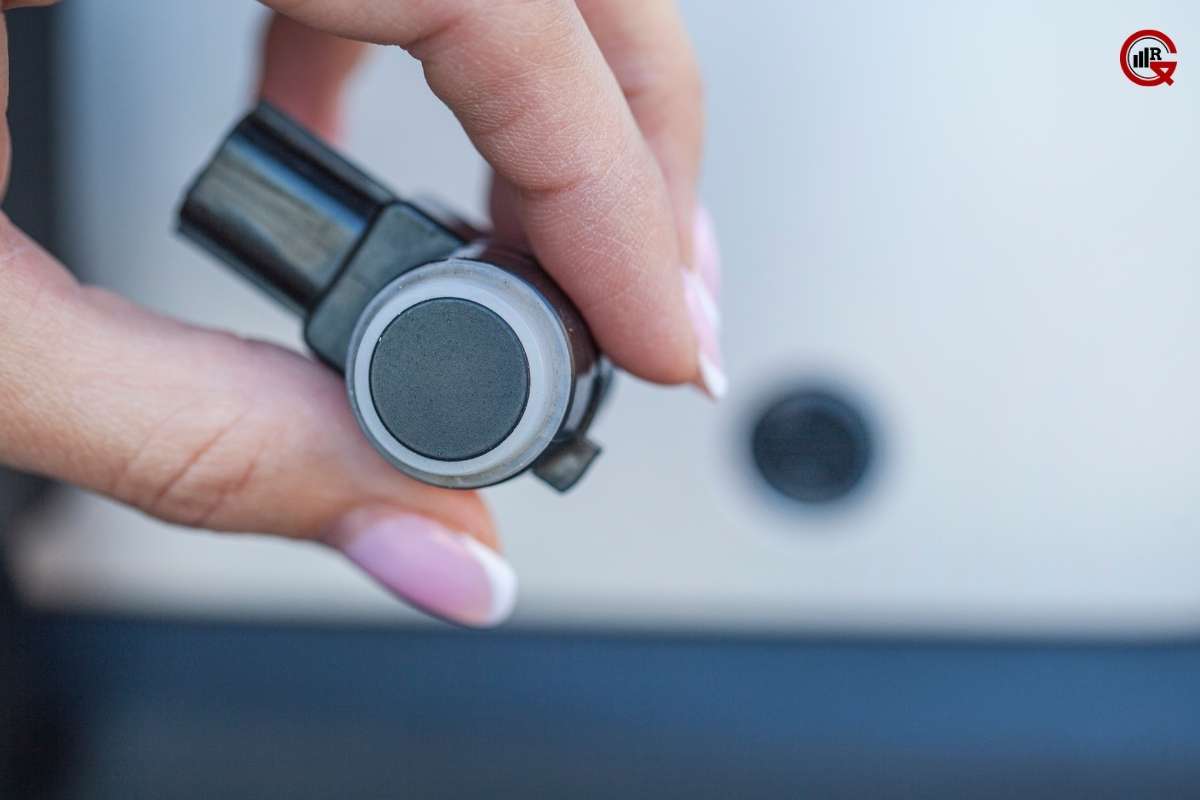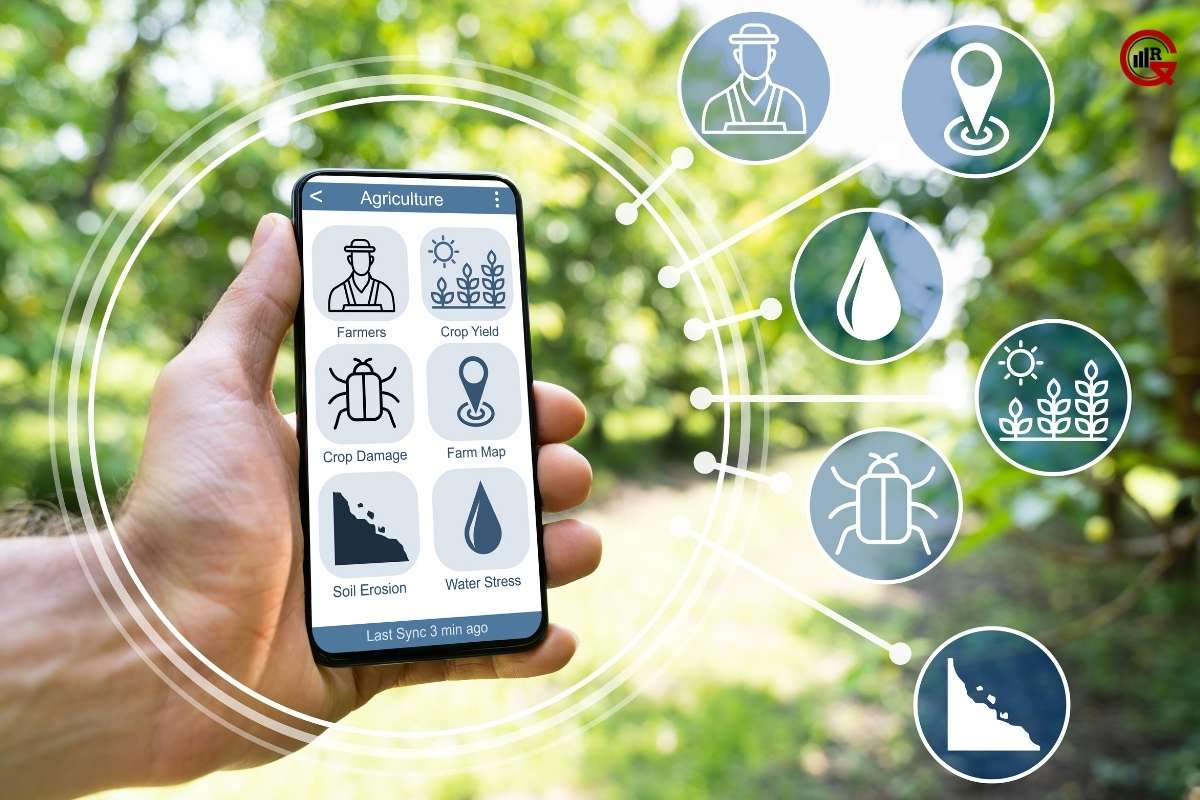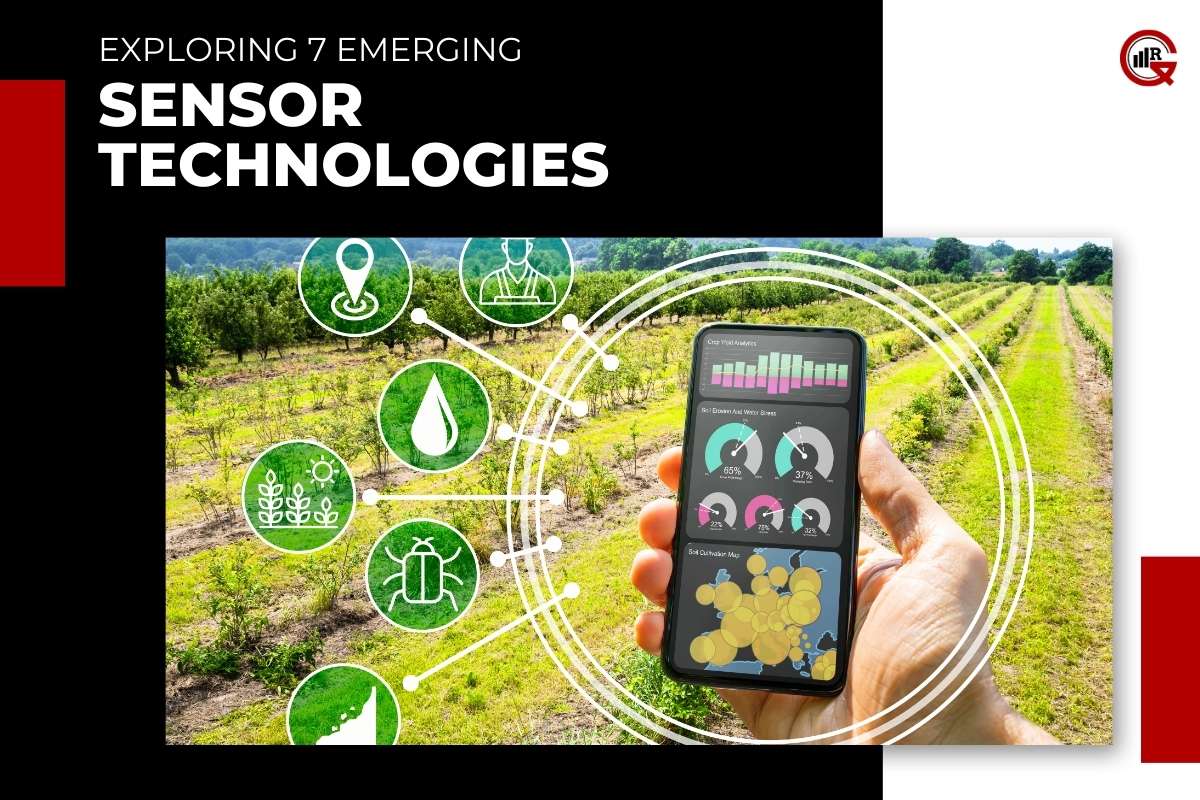In today’s fast-paced world, the advancement of sensor technologies is propelling innovation across various industries. From healthcare to transportation to agriculture, sensors play a crucial role in collecting data, monitoring environments, and enabling automation. In this article, we delve into seven emerging sensor technologies that are poised to revolutionize how we interact with the world around us.
Here are 7 emerging sensor technologies:
1. LiDAR (Light Detection and Ranging)
LiDAR technology utilizes laser pulses to measure distances and create detailed 3D maps of environments. Originally developed for remote sensing and topographic mapping applications, LiDAR has found new and diverse applications in recent years, including autonomous vehicles, robotics, and augmented reality.
Key features and applications of LiDAR technology include:
- High-resolution mapping: LiDAR sensors can capture detailed 3D maps of environments with millimeter-level accuracy, making them ideal for applications such as urban planning, infrastructure monitoring, and disaster response.
- Autonomous navigation: LiDAR sensors provide precise spatial data that enables autonomous vehicles and robots to navigate safely and accurately in complex environments, avoiding obstacles and hazards.
- Augmented reality: LiDAR sensors integrated into smartphones and tablets enable augmented reality (AR) applications to accurately map and overlay digital content onto the physical world, enhancing user experiences in gaming, navigation, and real estate.
2. Hyperspectral Imaging
Hyperspectral imaging technology captures images across hundreds or even thousands of spectral bands, enabling detailed analysis of materials, objects, and environments based on their spectral signatures. This technology has diverse applications in agriculture, environmental monitoring, and medical diagnostics.

Key features and applications of hyperspectral imaging technology include:
- Precision agriculture: Hyperspectral cameras mounted on drones or satellites can detect subtle differences in crop health, nutrient levels, and water stress, enabling farmers to optimize irrigation, fertilization, and pest management practices.
- Environmental monitoring: Hyperspectral imaging sensors can identify pollutants, invasive species, and ecosystem changes by analyzing spectral signatures, helping scientists and policymakers monitor and manage natural resources and ecosystems.
- Medical diagnostics: Hyperspectral imaging techniques are being explored for non-invasive medical diagnostics, such as cancer detection, tissue characterization, and wound assessment, based on the unique spectral properties of biological tissues and cells.
3. Gas Sensors
Gas sensors detect and measure the concentration of gases in the air or enclosed spaces, enabling monitoring of air quality, environmental pollution, and industrial processes. Advances in gas sensor technologies have led to smaller, more sensitive sensors with improved accuracy and response times.
Key features and applications of gas sensor technology include:
- Environmental monitoring: Gas sensors can detect pollutants such as carbon monoxide, nitrogen dioxide, and volatile organic compounds (VOCs) in the air, enabling real-time monitoring of air quality in urban areas, industrial facilities, and indoor environments.
- Industrial safety: Gas sensors are used to monitor hazardous gases in industrial settings such as chemical plants, refineries, and manufacturing facilities, enabling early detection of leaks or releases and ensuring worker safety.
- Indoor air quality: Gas sensors integrated into HVAC systems or standalone devices can monitor indoor air quality parameters such as carbon dioxide levels, humidity, and VOC concentrations, enabling occupants to maintain healthy and comfortable indoor environments.
4. Wearable Sensors
Wearable sensor technologies are miniaturized devices that can be worn on the body to monitor physiological parameters, track activity levels, and collect health data in real-time. These sensors have diverse applications in healthcare, fitness tracking, and human-computer interaction.

Key features and applications of wearable sensor technology include:
- Health monitoring: Wearable sensors can measure vital signs such as heart rate, blood pressure, and body temperature, enabling continuous monitoring of patients with chronic conditions, early detection of health issues, and remote patient monitoring.
- Fitness tracking: Wearable fitness trackers equipped with sensors for tracking steps, calories burned, and sleep patterns enable users to monitor their activity levels, set fitness goals, and track progress over time.
- Human-computer interaction: Wearable sensors such as gesture recognition devices and brain-computer interfaces enable intuitive interaction with computers, virtual reality systems, and smart devices, enhancing user experiences and accessibility.
5. Quantum Sensors
Quantum sensor technologies harness the principles of quantum mechanics to measure physical quantities such as magnetic fields, gravitational waves, and electromagnetic radiation with unprecedented precision and sensitivity. These sensors have applications in fields ranging from geophysics to navigation to medical imaging.
Key features and applications of quantum sensor technology include:
- Gravitational wave detection: Quantum sensors based on atom interferometry can detect tiny variations in gravitational fields caused by gravitational waves, enabling scientists to study phenomena such as black holes, neutron stars, and the early universe.
- Magnetic field sensing: Quantum sensors such as atomic magnetometers can measure magnetic fields with extreme sensitivity, enabling applications in geophysical exploration, magnetic resonance imaging (MRI), and navigation systems.
- Quantum-enhanced imaging: Quantum sensors can improve the resolution and sensitivity of imaging techniques such as microscopy, spectroscopy, and medical imaging by exploiting quantum coherence and entanglement effects, enabling new insights into biological systems and materials.
6. Flexible and Stretchable Sensors
Flexible and stretchable sensors are designed to conform to curved or irregular surfaces and withstand deformation or stretching without compromising performance. These sensors have applications in wearable electronics, human-machine interfaces, and soft robotics.
Key features and applications of flexible and stretchable sensor technology include:
- Wearable health monitoring: Flexible sensors integrated into clothing, bandages, or adhesive patches can monitor physiological parameters such as heart rate, body temperature, and muscle activity, enabling continuous health monitoring and early detection of health issues.
- Human-machine interfaces: Flexible and stretchable sensors can be integrated into gloves, sleeves, or exoskeletons to detect and interpret gestures, movements, and muscle contractions, enabling intuitive interaction with computers, prosthetic devices, and robotic systems.
- Soft robotics: Flexible and stretchable sensors can be integrated into soft robotic actuators and grippers to provide feedback on position, force, and pressure, enabling precise and adaptive manipulation of objects in unstructured environments.
7. Smart Agriculture Sensors
Smart agriculture sensor technologies are specialized sensors designed for monitoring soil conditions, weather patterns, crop health, and environmental parameters in agricultural settings. These sensors enable precision farming practices, optimize resource utilization, and enhance productivity and sustainability in agriculture.

Key features and applications of smart agriculture sensor technology include:
- Soil monitoring: Smart agriculture sensor technologies measure soil moisture, temperature, pH, and nutrient levels, enabling farmers to optimize irrigation, fertilization, and soil management practices for optimal crop growth and yield.
- Weather monitoring: Smart agriculture sensors provide real-time data on weather conditions such as temperature, humidity, rainfall, and wind speed, enabling farmers to make informed decisions about planting, harvesting, and crop protection measures.
- Crop health monitoring: Smart agriculture sensors use techniques such as spectral imaging, chlorophyll fluorescence, and multispectral analysis to assess crop health, detect pest infestations, and monitor disease outbreaks, enabling timely intervention and management.
- Environmental monitoring: Smart agriculture sensors monitor environmental parameters such as air quality, water quality, and biodiversity in agricultural ecosystems, enabling farmers to minimize environmental impact and promote sustainability in their operations.
Conclusion
In conclusion, emerging sensor technologies are driving innovation and transforming industries, enabling new capabilities and applications that were previously unimaginable. From LiDAR and hyperspectral imaging to gas sensors, wearable sensors, quantum sensors, flexible and stretchable sensors, and smart agriculture sensors, these technologies offer endless possibilities for improving efficiency, enhancing safety, and enabling discoveries across diverse fields.
As sensor technologies continue to advance and evolve, researchers, engineers, policymakers, and industry stakeholders need to collaborate and invest in research, development, and deployment efforts to harness the full potential of these technologies and address societal challenges in areas such as healthcare, environmental monitoring, and sustainable development. By embracing emerging sensor technologies, we can unlock new opportunities for innovation, growth, and progress in the years to come.






